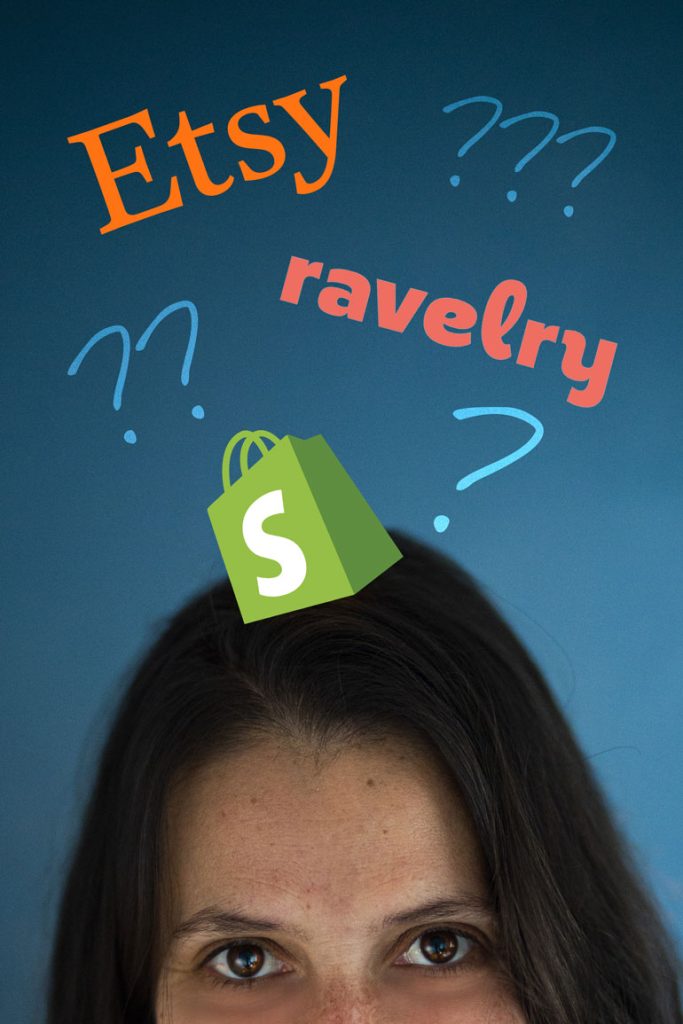
It’s always the same story: one of your favorite creators just released a new pattern (let’s say, that of a MAGNIFICENT mushroom bear, FOR EXAMPLE, coughs :D) and now you have to choose the platform where you want to buy it.
Etsy? You already have an account, but it seems increasingly expensive?
Ravelry? The platform was great, but is it kind of dying, isn’t it?
Her personal shop (often on Shopify)? It’s cheaper, but maybe it’s not very reassuring to give your payment information to just anyone?
Which one supports creators the most? Which one is the safest for you? Which one is the most convenient?
Etsy, Ravelry, Shopify? A trio of options, each with its promises and surprises at every turn of the page. So here I am, I arrive with a ball of Ariadne’s thread to try to find our way in this maze of choices.
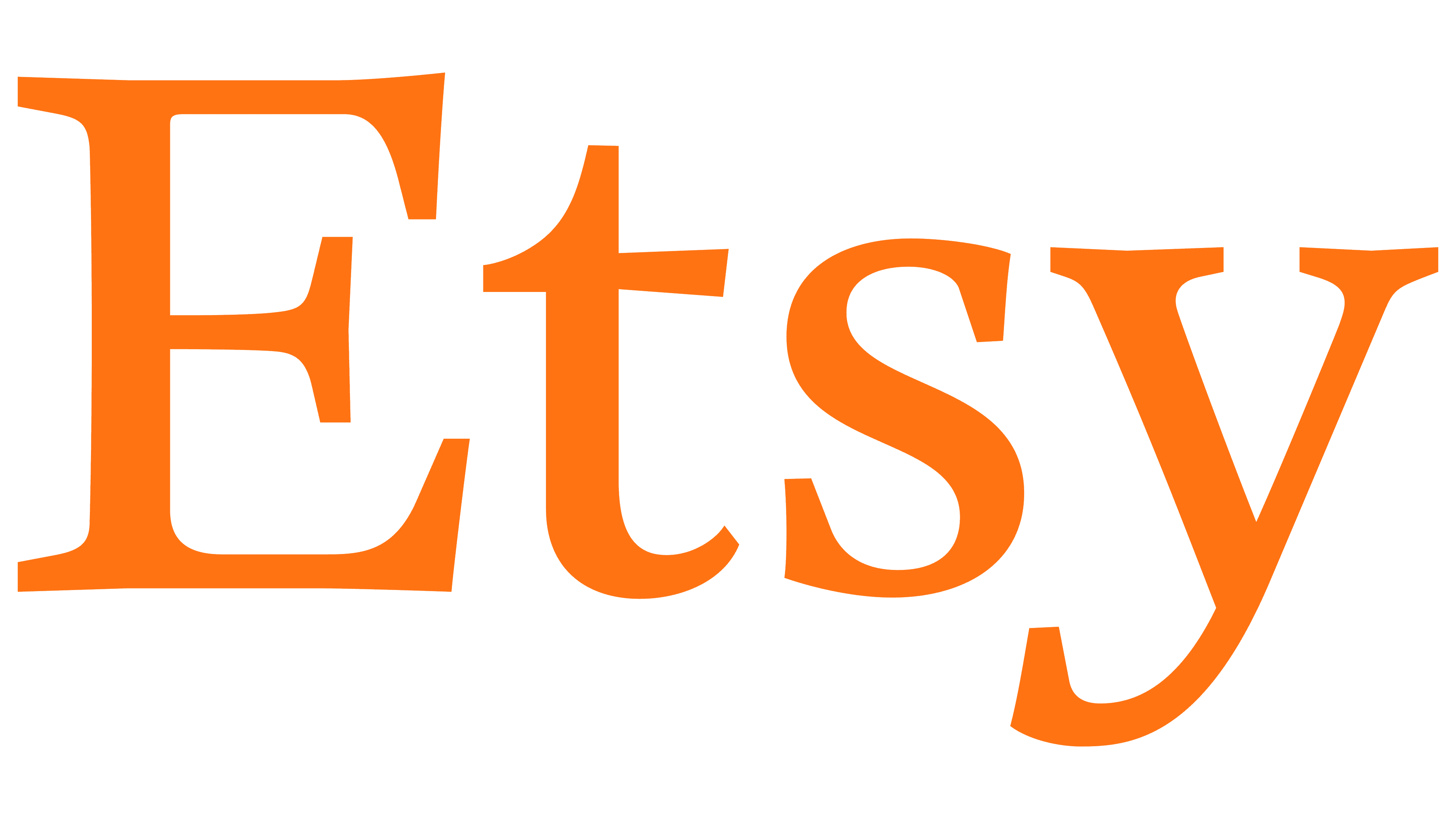
Etsy : Amazon of Craftsmanship
Etsy has nothing left to prove. It has become THE place to be for vintage and handmade purchases. So, we all have an account there, we know the platform well, and besides, their buyer protection is quite reassuring.
The advantages are clear: it’s where there is the widest choice, and it’s a centralized place to buy everything (and therefore retrieve all your purchases as well). It’s also the safest choice because the platform is big, even huge, and can afford, like the giant Amazon, to guarantee buyer satisfaction. The fact that it is used by so many people also allows access to reviews from many other buyers!
In short, the keyword for Etsy is REASSURING.
What is the price of such security? This is where the problem lies, and this is the major drawback of Etsy. It is the most expensive platform for the creator. And therefore, for you. Not only does it have the highest fees, but it also does not take into account the specific status of sellers. For example, in France, micro-enterprises are not subject to VAT and should not charge customers VAT (20%!). Etsy does not take this specificity into account, so it charges you this additional 20% (without it being refunded to the creator).
Conclusion: Etsy is the safest platform, but this security comes at a cost.
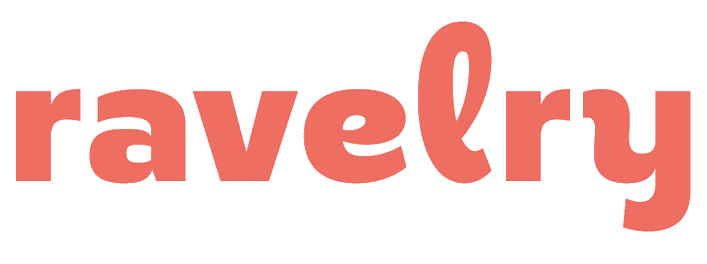
Ravelry : the (fallen?) kingdom of the fibrous community
Ravelry was like a giant knit-café! All gathered around our passion for knitting or crocheting. We could post our progress on a project, discuss it on forums, share our choices of wool, our changes to a pattern, and so much more.
I won’t hide it from you; it was really my favorite platform.
Yes, but I wrote all that in the past. Unfortunately, it’s not because the quality of the platform has decreased; it’s simply because little by little, it is deserted by its community (perhaps in favor of social networks like Instagram?) and a community site without a community… Well, it loses a lot of its interest. Not all creators take the time to post their patterns on it anymore because it’s becoming less profitable in terms of time spent, so we don’t find all the patterns as it was in its golden age.
Conclusion: Ravelry has incredible potential, but its interest decreases at the same speed as the number of its users.

Personal shops: a matter of trust
These are shops made with Shopify, Wix, Squarespace,… and are often hosted directly on the creator’s site. They are personalized to their image, sell only their patterns, and are generally where to find their patterns at the most affordable price!
The biggest drawback of this type of shop is that it is not centralized; you can get lost by buying patterns sometimes from one designer’s shop, sometimes from another. The only way to bypass this problem is to have a well-organized folder where you get used to storing all your patterns so as not to lose them.
The other drawback, in my opinion, is that it is not always easy to trust a site that does not have the reputation of a giant marketplace like Etsy. How can I be sure that it is not a scam? How do I know if I will receive my pattern, and quickly? If I have a problem, will someone be available to solve it?
So many concerns that can only be addressed by a relationship of trust with the seller. Personally, I only buy from personal shops when I already know the creator for some time, and I always start by buying only one pattern to check that everything is going well.
Because it still has financial advantages, especially when buying from French creators. Indeed, as I mentioned earlier, the majority of French creators (those who make less than €77,700 in turnover per year, so the MAJORITY of French creators ^^) are micro-entrepreneurs and are therefore not subject to VAT. So, 20% of the price of the pattern is not billed to you! And if some choose to unify their prices on different platforms, these 20% go back to her, and it’s also a way to support her without additional cost for you if you were going to buy a pattern from her elsewhere at the same price anyway !
Conclusion: Personal shops require extra caution but can be either more affordable or provide stronger support for the seller.
There you have it! I’m putting away my Ariadne thread ^^! I hope this little overview is helpful for you! My intention wasn’t to hand you a ready-made answer by declaring which platform is THE best because, of course, it doesn’t exist, and it depends on our individual needs, preferences, and habits. But I hope it guides you in making the choice that resonates with you the most!
I’m aware that there are other platforms like Ribblr, Amigurumi.com, or LoveCrafts, but I haven’t used them enough to recommend or not! If you have any recommendations or other pros and cons to share about these platforms, feel free to add them in the comments!
See you soon,
Ophélie (*AhookA*)
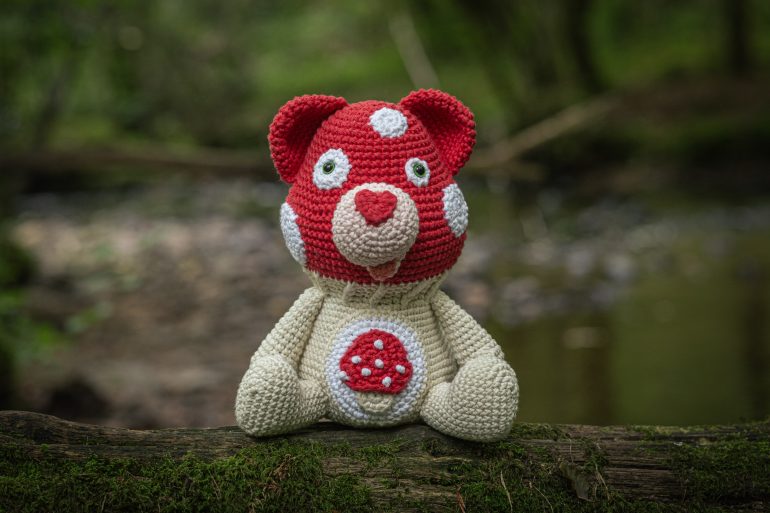
P.S.: In case you missed it, I just released the pattern for Champinours. It’s available (according to your preference :p) on:
- My Etsy shop
- My Ravelry shop
- My personal shop (this shop is only in French for now, let me know if you’d be interested in me translating it ^^)
XoX

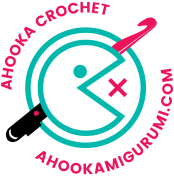
I admit that I like Ravelry the best and Etsy as a second choice with personal shops a distant third. I like Ravelry the best I think because they still offer me the option of some free patterns from designers that I have often never (or seldom) heard of before. And I like both Ravlery and Etsy because of their libraries of the patterns that I have purchased in the past. Although I know and understand that purchasing patterns from individual shops is the best for the designers – I often forget that I have purchased from them and that the pattern is just sitting out there waiting for me to remember :). The platform that I absolutely HATE is Riblr – I am an older person who has a problem with my vision sometimes when I sit in front of a computer for too long and it wasn’t until I had purchased a pattern with them that I would never be able to print it out! And I guess I felt even more cheated that they never came right out and said so (maybe they are more honest about it now) – they just had vague reference to ‘saving trees and the environment’ that made a lot more sense after I found out that I will probably never be able to make my pattern – again, I understand how it is in the best interest of the designers (harder for other people to steal their designs) and if it was a free pattern, than that should be their choice – but if I paid good money for a pattern, I should be able to use it. I now refuse to even open their e-mails.
Well, sorry for the rant but that is my opinions on various platforms –
Ow, thank you so much for your input !! I can totally relate, if I wasn’t a designer myself I would mainly buy on Etsy and Ravelry too. And yes, I tried riblr on the designer side once… And I have to say, it’s a pain too. Because you need to rewrite all of your pattern in their application instead of just re uploading it as on any other plateform !
Plus, the “environment” argument is a false one, because storing all that information on servers uses a lot of electricity, which is not environment friendly at all ^^
It’s the library that keeps Ravelry as my preference for purchasing patterns. I like knowing I have everything all in one place. Some designers have an option when purchasing on their site to also add the pattern to your Ravelry library. I’m not sure how they do it, whether it’s individually “gifting” the Ravelry pattern to purchasers or something automated, but that’s the best way to get me to shop off-Rav. (Definitely not Etsy. Not the way they’ve gone downhill and allow “indie designed” factory produced garbage to compete with actual makers now.)
Ow that’s interesting to know, I’ll look into it ! Thanks a lot !
I like Ravelry a lot. The library, the close-knit community, the forums. I keep my project notes there, use other people’s notes as reference.
I used to use Etsy more often to buy patterns, but I see what they’ve been doing to sellers in terms of massively increasing fees and holding their money, which I find atrocious, so whenever I can I would use Ravelry over Etsy.